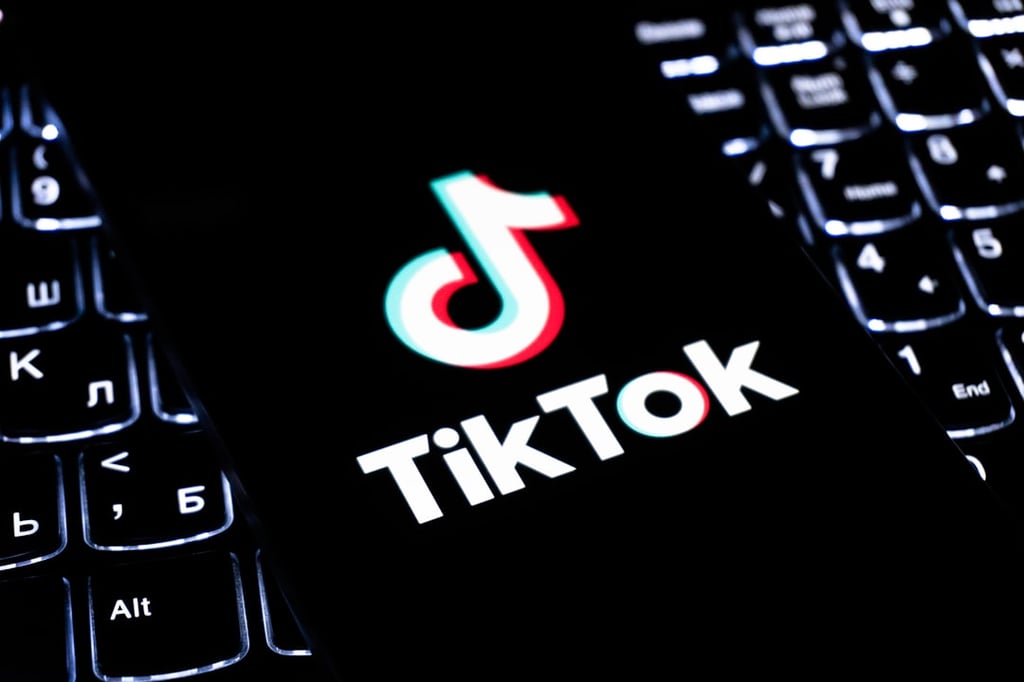Datamation content and product recommendations are
editorially independent. We may make money when you click on links
to our partners.
Learn More
Apple’s iPhone and iPod lead the pack mobile handset Wi-Fi in the U.S. use while Nokia’s handsets are dominant worldwide and the Symbian platform is tops in global Wi-Fi activity, according to a just-published report.
Apple’s (NASDAQ: AAPL) devices accounted for 29.1 percent of U.S. Wi-Fi Internet access requests in the U.S. for January, with the iPhone claiming 16.8 percent share and the iPod taking 12.3 percent, according to AdMob’s January Mobile Metrics Report.
That’s a three-fold spike since November 2008, when iPhone users representedjust eight percent of total U.S. requests on Wi-Fi networks and up from three percent in August, according to AdMob reports.
Worldwide requests on Apple devices grew 28 percent between December 2008 and January 2009 to 1.2 billion, with iPod growth outpacing iPhone growth. The iPod now represents 40 percent of Apple device requests, up from 20 percent in September 2008.
The news comes as increased competition among handset players is driving greater connectivity options. Users are eager for faster, dependable Internet access anytime and anywhere. In turn, more reliable Internet access via Wi-Fi and 3G networks is driving user Web activity.
Growing user demand isn’t going unnoticed by handset makers. It promptedResearch in Motion (NASDAQ: RIMM) to launch its second Wi-Fi device, the Curve 8320, last December.
Other new handset developments, such as Google’s G1 Android phone, are also playing a part in pushing Wi-Fi forward. The G1, made by HTC, broke into AdMob’s top 20 in U.S. Wi-Fi access with the January report.
The G1 is 18th on the list with 0.9 percent share in December. The open source Android platform also now has three percent of Wi-Fi access share in the U.S.
In response, such Wi-Fi growth is driving chipset sales. Recent statistics by the industry group Wi-Fi Alliance reported sales grew 26 percent in 2008. While that’s only half of sales tallied in 2007, before the slowdown in the economy, it shows that Wi-Fi networking remains robust.
Devices in play in the U.S.
When it comes to mobile devices accessing Wi-Fi in the U.S., Motorola models came in second behind Apple, accounting for total of 19.3 percent. The handset maker’s RAZR V3 had 5.9 percent, its Z6M device holds 3.5 percent, the KRZR K1 owns three percent and the W385 handset accounts for 2.6 percent.
Samsung follows in third place with 15 percent total. Its total is includes the R450 device with two percent, the M800 with 1.8 percent and the R210 with 1.6 percent.
While Research in Motion’s BlackBerry devices accounted for 6.3 percent Wi-Fi requests in the U.S., right behind LG’s 6.4 percent, the BlackBerry 8300 and 8100 beat out Samung’s handsets with 2.8 percent and 2.3 percent share, respectively.
Worldwide Wi-Fi stats
In terms of worldwide smartphone Wi-Fi device access, Nokia (NYSE: NOK) leads with 43 percent, Apple is in second place with 32 percent and RIM attained 9 percent. HTC owns five percent, Palm has four percent, Danger’s handsets grabbed two percent and Samsung has one percent.
Symbian, which Nokia bought last year, leads when it comes to worldwide smartphone platforms and Wi-Fi requests with 44 percent. In second is Apple with 32 percent, RIM is in third with 9 percent, Windows Mobile owns eight percent, Palm has four percent and Hiptop has one percent.
Google’s Android platform, which arrived last fall, has attained one percent worldwide share.
But the numbers and players change a bit when it comes to U.S. smartphone device and operating system Wi-Fi requests.
RIM is in second place, behind Apple, with 19 percent, HTC is in third with 10 percent, Palm holds nine percent, Danger handsets own three percent, Samsung has two percent and other platforms account for six percent.
This article was first published on InternetNews.com.
-
Huawei’s AI Update: Things Are Moving Faster Than We Think
FEATURE | By Rob Enderle,
December 04, 2020
-
Keeping Machine Learning Algorithms Honest in the ‘Ethics-First’ Era
ARTIFICIAL INTELLIGENCE | By Guest Author,
November 18, 2020
-
Key Trends in Chatbots and RPA
FEATURE | By Guest Author,
November 10, 2020
-
Top 10 AIOps Companies
FEATURE | By Samuel Greengard,
November 05, 2020
-
What is Text Analysis?
ARTIFICIAL INTELLIGENCE | By Guest Author,
November 02, 2020
-
How Intel’s Work With Autonomous Cars Could Redefine General Purpose AI
ARTIFICIAL INTELLIGENCE | By Rob Enderle,
October 29, 2020
-
Dell Technologies World: Weaving Together Human And Machine Interaction For AI And Robotics
ARTIFICIAL INTELLIGENCE | By Rob Enderle,
October 23, 2020
-
The Super Moderator, or How IBM Project Debater Could Save Social Media
FEATURE | By Rob Enderle,
October 16, 2020
-
Top 10 Chatbot Platforms
FEATURE | By Cynthia Harvey,
October 07, 2020
-
Finding a Career Path in AI
ARTIFICIAL INTELLIGENCE | By Guest Author,
October 05, 2020
-
CIOs Discuss the Promise of AI and Data Science
FEATURE | By Guest Author,
September 25, 2020
-
Microsoft Is Building An AI Product That Could Predict The Future
FEATURE | By Rob Enderle,
September 25, 2020
-
Top 10 Machine Learning Companies 2020
FEATURE | By Cynthia Harvey,
September 22, 2020
-
NVIDIA and ARM: Massively Changing The AI Landscape
ARTIFICIAL INTELLIGENCE | By Rob Enderle,
September 18, 2020
-
Continuous Intelligence: Expert Discussion [Video and Podcast]
ARTIFICIAL INTELLIGENCE | By James Maguire,
September 14, 2020
-
Artificial Intelligence: Governance and Ethics [Video]
ARTIFICIAL INTELLIGENCE | By James Maguire,
September 13, 2020
-
IBM Watson At The US Open: Showcasing The Power Of A Mature Enterprise-Class AI
FEATURE | By Rob Enderle,
September 11, 2020
-
Artificial Intelligence: Perception vs. Reality
FEATURE | By James Maguire,
September 09, 2020
-
Anticipating The Coming Wave Of AI Enhanced PCs
FEATURE | By Rob Enderle,
September 05, 2020
-
The Critical Nature Of IBM’s NLP (Natural Language Processing) Effort
ARTIFICIAL INTELLIGENCE | By Rob Enderle,
August 14, 2020
SEE ALL
ARTICLES









